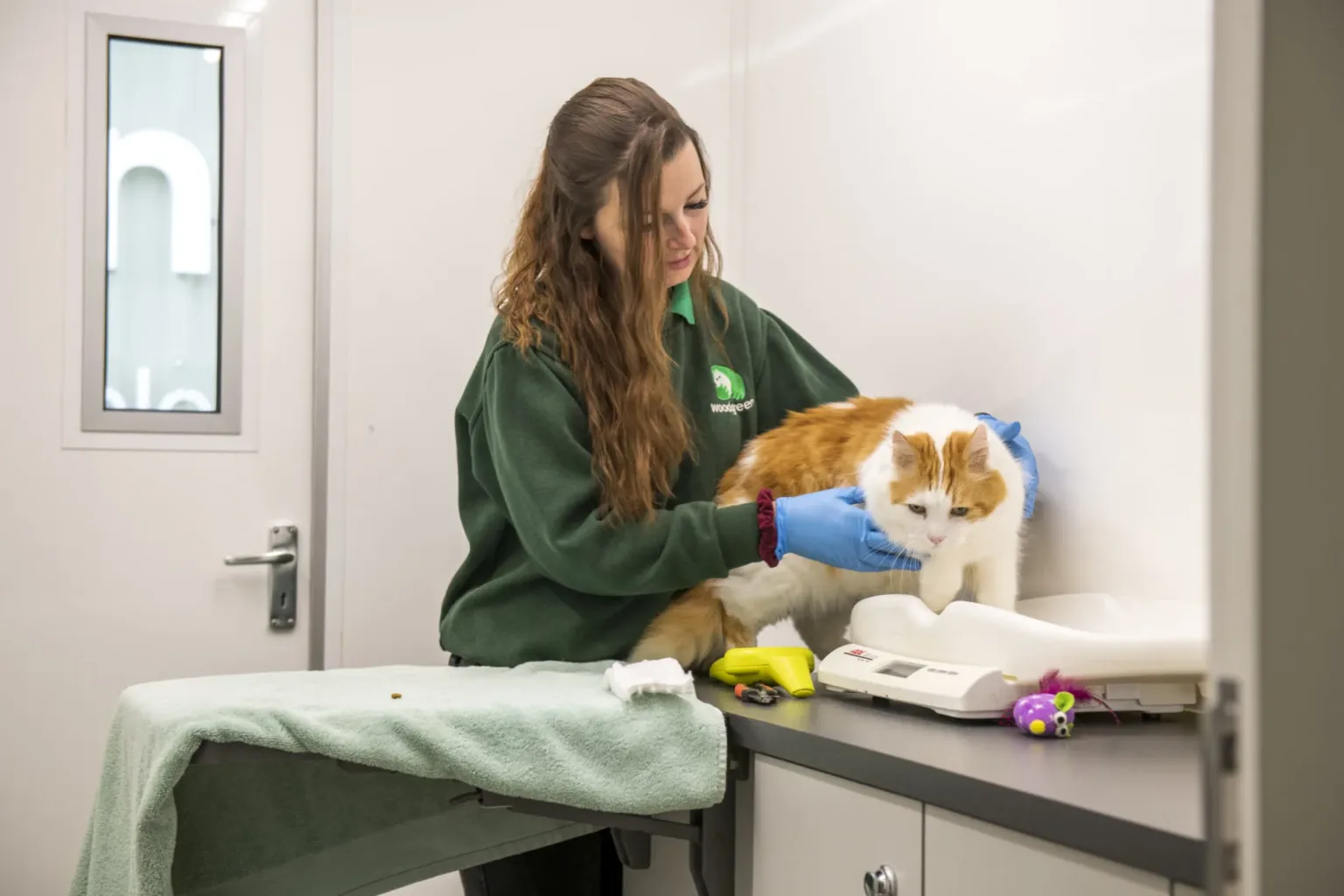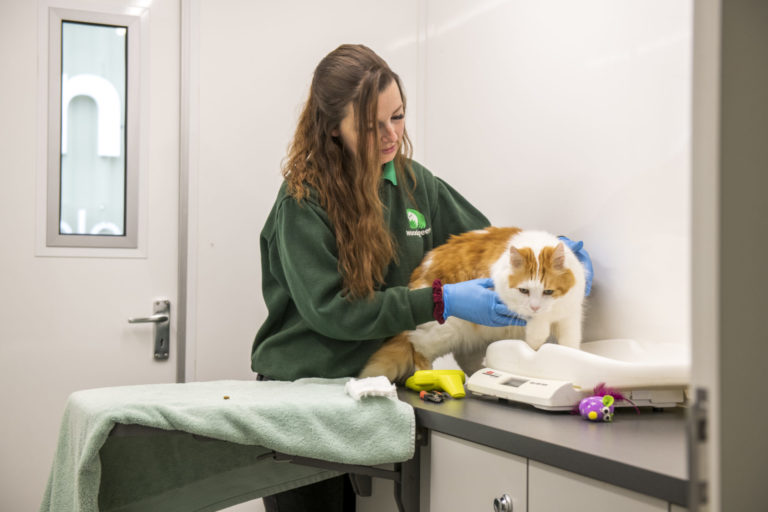When it comes to pets, we've all got questions
Ever feel like your pet is from another planet?

If love could keep our pets alive, they’d be with us forever. Sadly, we all know this isn’t possible - but there are lots of things you can do to help keep your beloved four-legged friend around for longer.

Woodgreen’s community outreach officer, Serena, shares her top tips on how to keep pets happy and healthy into their twilight years.
Preparation is key when it comes to caring for your senior pet, the earlier the better! We recommend switching your pet onto a senior diet at around six to seven years old. Pet food for senior cats and dogs tend to be lower in calories which is important for maintaining a healthy weight as their mobility decreases. It also includes all the nutrients an older pet needs.
To keep your furry friend nimble on their paws, it’s worth considering joint supplements, especially if you have larger breed that’s more likely to develop arthritis and mobility problems. We’d recommend starting them on supplements before you even notice signs of any stiffness or discomfort. Most importantly, regularly checking your pets will help you spot any problems early on. That way, any medical conditions can be treated a lot easier and it’ll be less expensive for you!
It’s a good idea to check over your pet from ‘nose to tail’ once a month.
It’s also worth noting that cats are prone to thyroid problems, so if you notice them eating and drinking more while losing weight, it’s best to speak with a vet as early as possible.
You’ll notice your pet begin to take life slowly and you may find them sleeping more and taking less interest in play and exercise. Once you spot these signs, it’s best to reduce any vigorous activity like ball throwing for dogs. Even if your canine companion loves to chase still, it could be quite painful for them or cause some damage.
Check for any stiffness and set a timer for your dog on walks. For example, they might only be able to manage a comfortable 20 minute stroll rather than the usual one-hour ramble. At this time, start taking things slow, choose different routes and allow your dog to just sniff and potter around.
Don’t forget about enrichment! Just five minutes of mental stimulation a day can dramatically reduce doggy dementia! You can practice tricks they know (or even introduce some new ones), give them their meals using Kongs or puzzle feeders, or hide some treats in a snuffle mat for them to search out.
You might want to consider a few interior changes to benefit your pet to prepare for reduced mobility that way it won’t come as much of a shock. A common problem we see in older pets is separation issues, when they can’t walk upstairs or get onto furniture any more, especially after spending their life sleeping comfortably in bed next to you or snuggled up on the sofa.
You should discourage jumping in dogs, especially as they get older, the hard impact can risk damaging their joints. Instead, you can use ramps or steps to help your pets get up and down from furniture, or in and out of the car. Remember, hard floors can be slippery and difficult to grip, so you might want to put more rugs or mats down for poorly paws.
Yes, but it shouldn’t be something you accept. While it’s very common for older pets to have smelly breath, it can be a sign of dental disease – usually brought on by a build-up of bacteria. Dental disease can cause pain, tooth decay, as well as other oral health problems and even heart disease. It’s well worth the time and effort to look after your pet’s teeth.
The best way is to brush your dog’s teeth regularly with pet-friendly toothpaste, alongside dental chews that are approved by the Veterinary Oral Health Council. You can introduce your dog to a toothbrush by letting them lick off some yummy meaty toothpaste. Once they’re used to the brush, gradually move onto brushing. If your dog is already showing signs of dental disease, introducing a brush at this stage might irritate the gums further, so speak to your vet about having plaque and tartar removed.
For more information, see our article on How to look after your dog’s teeth.
We recommend taking your pet to see the vet for a check-up at least once a year, as well as for any other symptoms or concerns. When you see your pet every day, you might not notice small changes, but your vet will be able to spot and monitor any issues. Some veterinary practices have senior pet clubs that include things like weight monitoring, blood tests, regular check-ups and discounts on medication too.
If your vet has prescribed your pet with any medication, speak to them about purchasing the prescription online, you’ll find it will be much cheaper! You can also chat to them about ongoing pain management for when you want to give your pet some relief just on the days they need it.
For trusted advice on all aspects of pet ownership, please visit our pet advice page or contact the team at Woodgreen for free support.